This Saturday, the national academy of medicine opened for the first time at the public at the time of the 35ème edition of the European days of the heritage.
Since its creation in 1820, the Academy of medicine, successively royal, imperial and national, adapted to the evolutions of medicine and the company while remaining faithful to its vocation first.
The national Academy of medicine is not a museum but holds an invaluable heritage:
it signature of the room of the meetings;
– its cupola sheltering the statue of Hippocrates;
– exposed works of art;
– tables of history of medicine;
– and busts of marble and bronze of famous doctors.
The royal Academy of medicine was created by Louis XVIII in 1820, under the impulse of the baron Antoine Portal who federated three medical learned societies: the royal Company of medicine, the royal Academy of surgery and the Company of the medical college founded by its rival Joseph Ignace Guillotin, and of Louis–Charles Deneux. Its statutes are founded on those of the royal Academy of surgery (1731) and of the royal Company of medicine (1776). The Academy of medicine, royal became imperial of 1851 to 1870, then national starting from March 1st, 1947.
Article 2 of the ordinance of 1820, signed by Louis XVIII defines the statutes and missions of the royal Academy of medicine as follows:
“This academy will be especially instituted to answer at the requests of the government on all that interests the public health, and mainly on the epidemics, the diseases particular to certain countries, epizooties, the various cases of forensic medicine, the propagation of vaccinates, the examination of the new remedies and the remedies secret, as well internal as external, the mineral water natural or factitious, etc
It will be moreover charged to continue work of the royal Company of medicine and the royal Academy of surgery: it will deal with all the objects of study or research which can contribute to the progress of the various branches of art to cure.
Consequently, all the registers and papers having belonged to the royal Company of medicine or the royal Academy of surgery, and relative to their work, will be given to the new academy and deposited in its archives. “
With its creation, the academy held its meetings at the medical college of Paris. It occupied of 1824 to 1850 a modest room street of Poitiers, then settled in the unused vault of the hospital of the Charity of the street of the Holy Father, before moving in definitively in the hotel of the street Bonaparte, built by the architect Justin Rochet of 1899 to 1902.
The relative law with higher education and in search of 2013 brings up to date the statutes of the academy to give him a statute comparable with the academies of Institut de France:
“The national Academy of medicine is a legal person of public law to particular status, placed under the protection of the President of the Republic.”
It has the role of answering, on a purely nonlucrative basis, the requests of the Government on any question concerning the public health and of dealing with all the objects of study and research which can contribute to progress of art to cure.
The missions of the academy consist in answering all the asked questions by the French government in the field of the public health. Besides its role of advising, it can also, without preliminary request, to give opinions or official statements possibly intended to be largely diffused. The academy also works with the improvement and the diffusion of medical sciences and pharmaceutical, like with their applications.
She plays also a fundamental role, with the prices and the purses which she decrees each year, in the assistance with the medical research. She delivers thus in particular the Price of the national Academy of medicine, the Price Jansen and the Price Albert–Creff, and the biennial price Drieu–Cholet the even years.
The national Academy of medicine counts under the articles 130 regular members, 160 corresponding members, 100 foreign corresponding members and 40 foreign associated members, 4 divisions:
– Medical medicine and specialities
– Surgical surgery and specialities
– Biological and pharmaceutical sciences
– Preventive medicine and social, Sciences veterinary surgeons
The national Academy of medicine has the richest library of medicine in the world:
400,000 volumes, 113 incunables, more than 10,000 works printed between 1471–1810, 4,000 titles of periodicals, 800 manuscripts, 1,200 paperboards of archives depius the XVIII E century and 5,800 files biographical and iconographic.
The Academy was the first to raise quasi various questions such as:
– the echography which remains a medical investigation, guaranteed by a doctor
– for the first time, a regulation of the conditions D “ hygiene and healthiness on the piercings and tattooings
– the Academy at summer the first to be itself marked on secularity at the hospital, etc…
– A report of therapeutic use at the level of pharmaceutical industry on the stem cells adopted on December 5th, 2017. He was voted for the treatment of the human diseases, initiated in the research laboratories where the objective is to develop drugs of innovating therapy. The therapeutic use of the stem cells began with hematopoietic the human HSC, medullary and of the blood of the cord, in the treatment of aplasias, JEP of leukaemias and the hematologic genetic diseases.
The “public health” grew rich by new fields like the environment and sustainable development, the emergent diseases or the health economics, the questions which invaded the social life and touch beyond the diseases, the problems professional, climatic or of company.
When the Academy developed the prevention:
Tobacco, alcohol, obesity, drugs, the constant combat unquestionably counted in the best taken into account, like the national campaigns against the addictions, for vaccination and in favour of tracking. The Academy of medicine remains however vigilant so that forgotten diseases, like tuberculosis or measles, do not re–appear and following the example of AIDS do not emerge any more.
The Academy of medicine remains a beneficial daily support, a source of human remedy, a social balance, of health and research, prevention and tracking for the public health. There exists also a European academy and world.




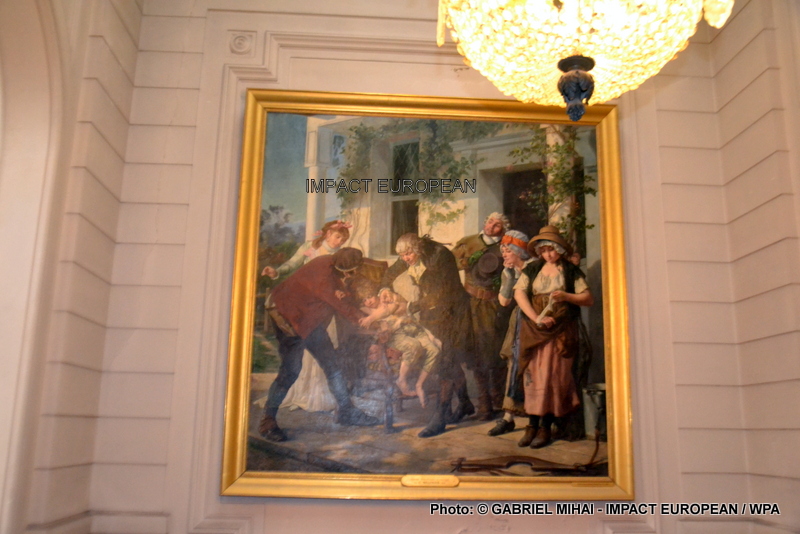








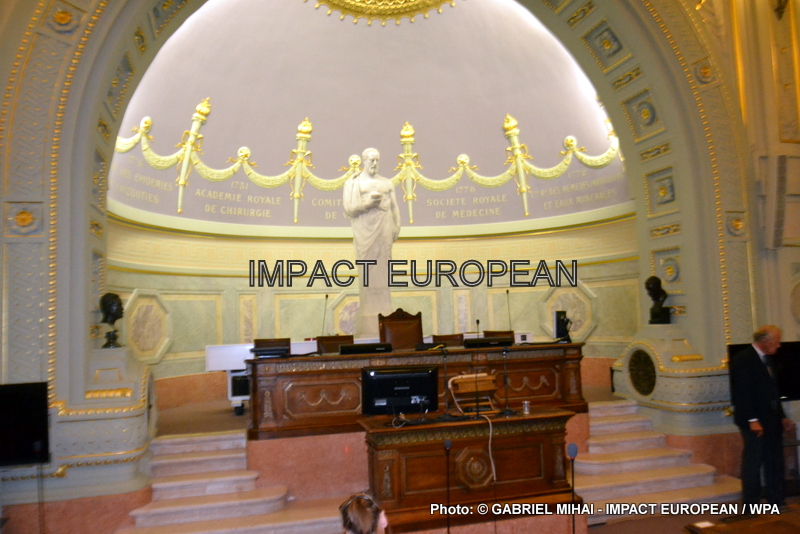

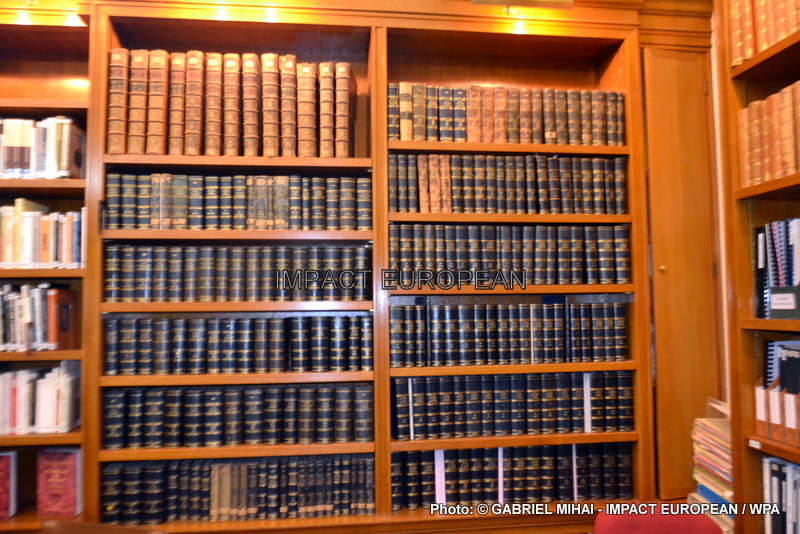





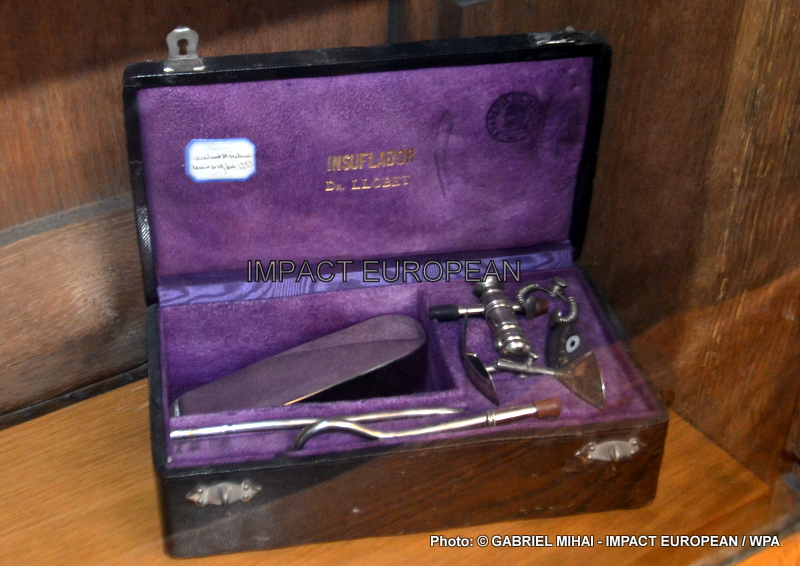

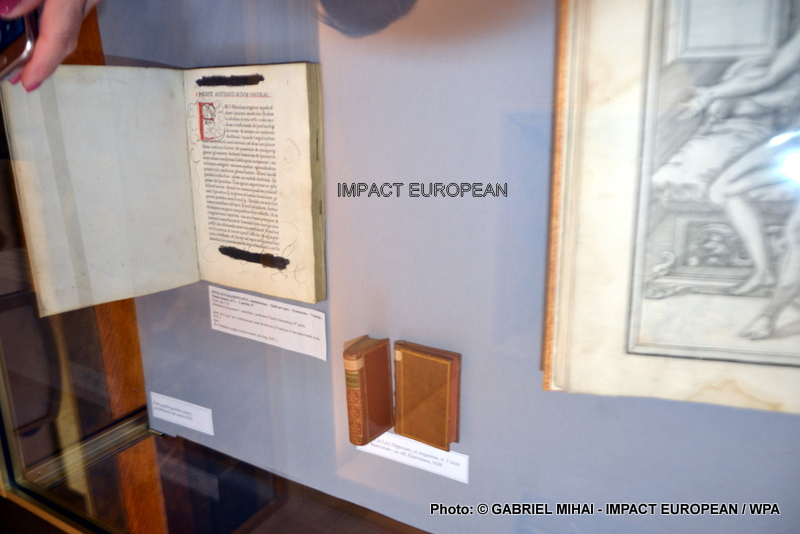
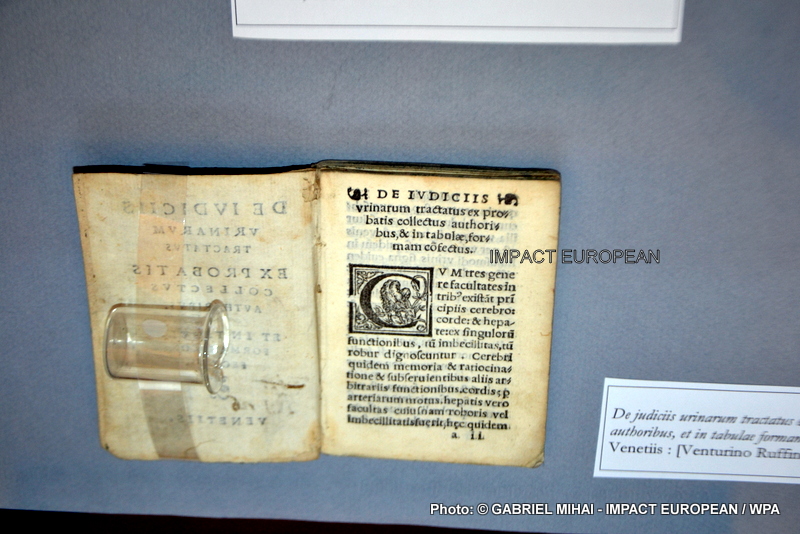



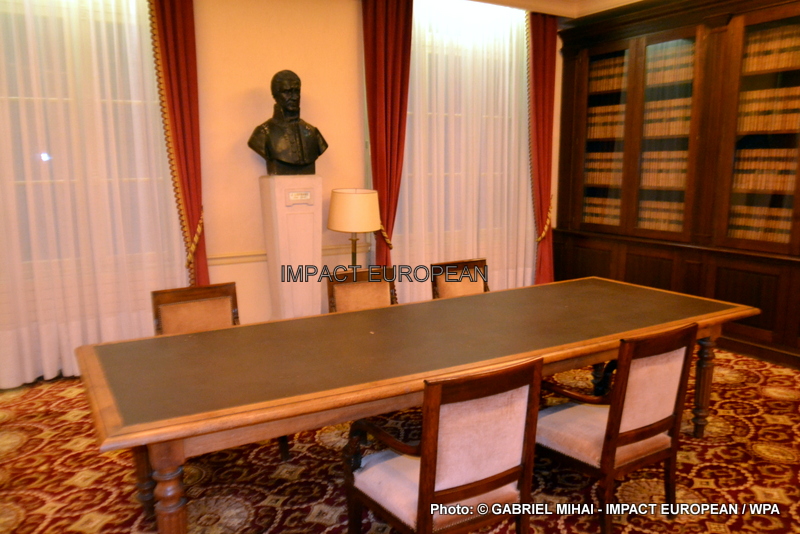

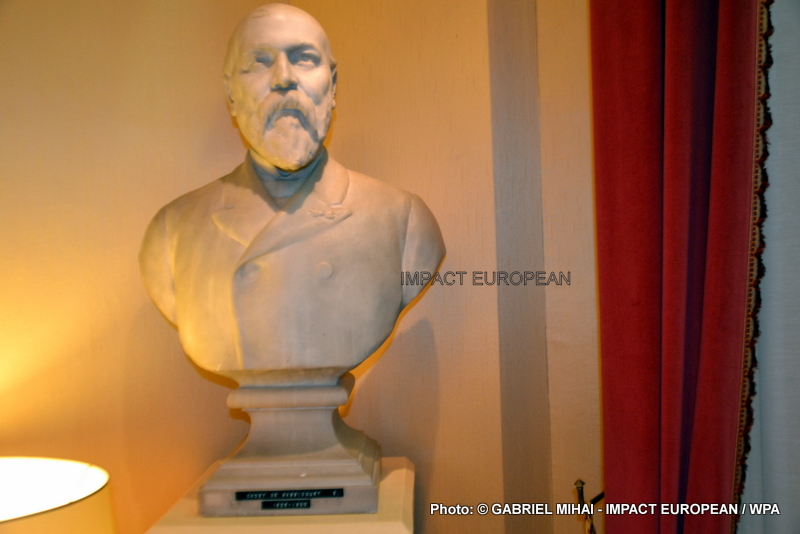


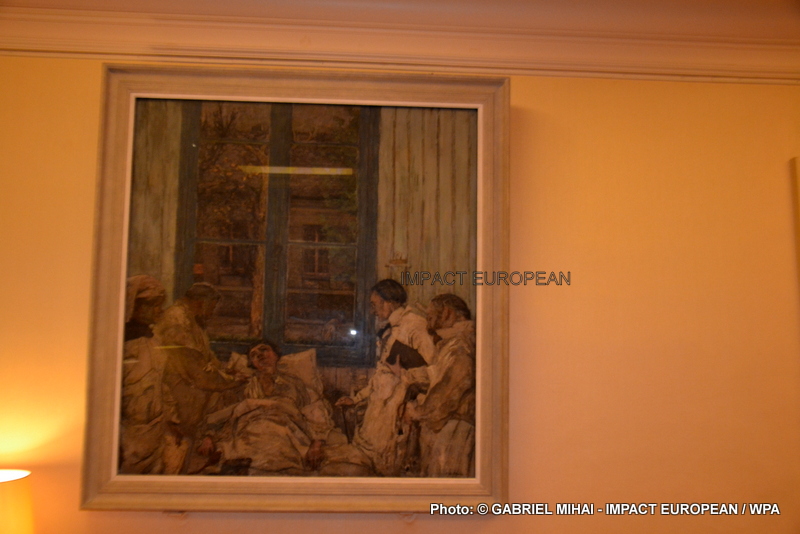



More Stories
Trenitalia: improves travel solutions for its passengers by reducing carbon emissions
Ivory Coast welcomes its success at CAN 2023
Paris: The African Book Fair highlighted by its 3rd edition